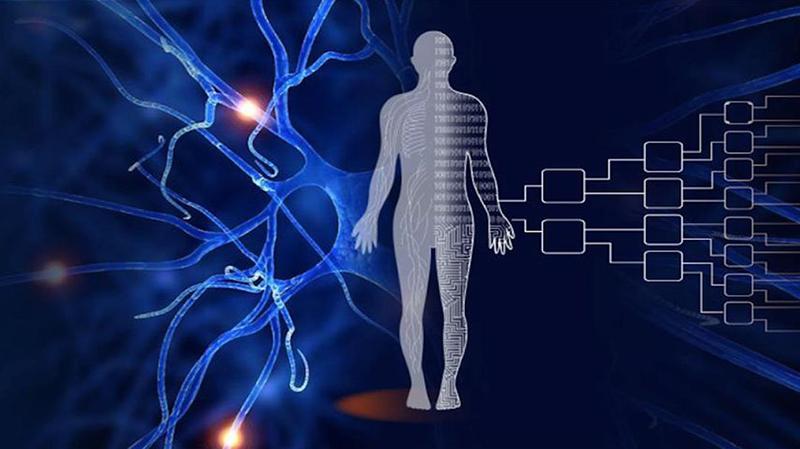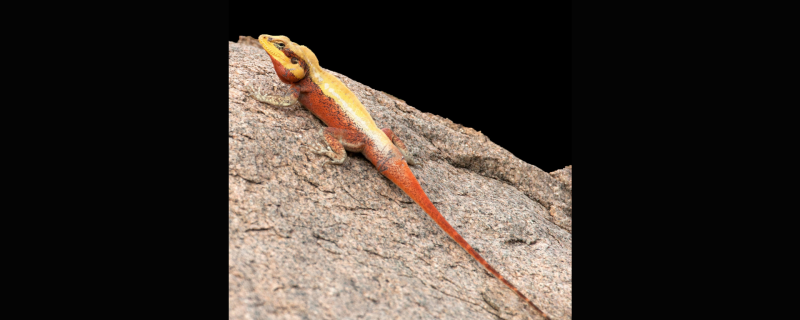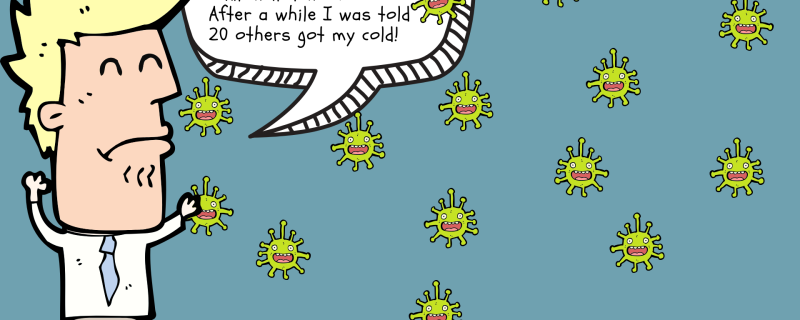In a recent study published in the journal General and Comparative Endocrinology, researchers from the Indian Institute of Science (IISc), Bengaluru, have described how urbanisation is shaping the social behaviour and strategies of lizards.
Archives
भारतीय तंत्रज्ञान संस्था, मुंबई येथील संशोधकांनी ओडिशाच्या पारादीप बंदराच्या किनारपट्ट्यांवर होणाऱ्या बदलांचे भाकित केले
The success rate of the ambitious Revised National Tuberculosis Control Programme (RNTCP), driven by the Government of India, is appaling, reports a study.
Researchers from the Stellenbosch University, South Africa, tried to map the invasion history of the Indian bullfrog (Hoplobatrachus tigerinus) from the early 2000s, which was when it was first reported in the islands.
भारतीय तंत्रज्ञान संस्था मुंबई येथील संशोधकांनी हृदयविकाराचा झटका येण्यापूर्वीच स्मार्टफोन वापरून त्याची सूचना देऊ शकणारे एक नवीन जीवनरक्षक साधन विकसित केले आहे.
In a new study, researchers from the Indian Institute of Technology, Kharagpur and the Institute of Pulmocare and Research, Kolkata, have developed a new, efficient method to detect asthma—by listening to the sound made by the lungs of the patients.
Researchers from IIT Mandi, and the North Eastern Hill University, Shillong, have found molecules that could potentially stop cancer cells from flushing out drugs. This research could lead to a cure for multidrug resistance in cancer cells.
In a series of studies, researchers from India, UK and Australia, have provided an up-to-date account of the growing epidemic of type 2 diabetes, its prevalent clinical care, and the challenges faced by the public health system challenges in the countries of Bangladesh, Bhutan, India, Nepal, Pakistan, and Sri Lanka.
Researchers from the Novosibirsk State University, Russia, ETH Zurich, Switzerland, Institute of Seismological Research, India, and King Saud University, Saudi Arabia, have proposed a new collision zone in central India, where a new mountain chain could grow in the near geological future.
The viruses, notoriously known for the seasonal flu and deadly diseases like AIDS, are the smallest of all the microorganisms. As potent they may be, the intriguing part about viruses is they are inactive when outside a living cell! They become active and multiply only when they enter and infect a living cell.










